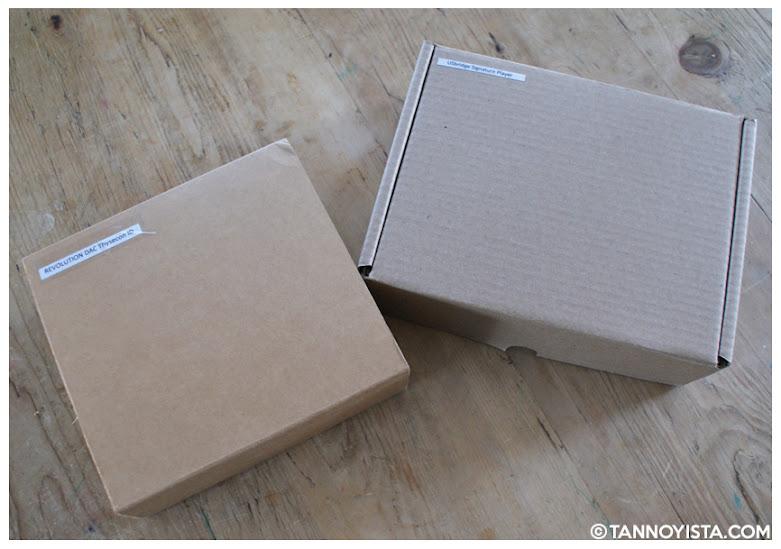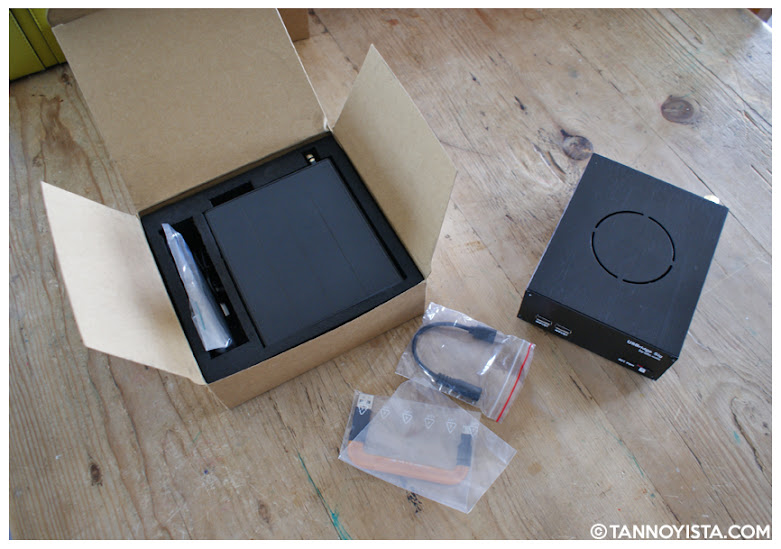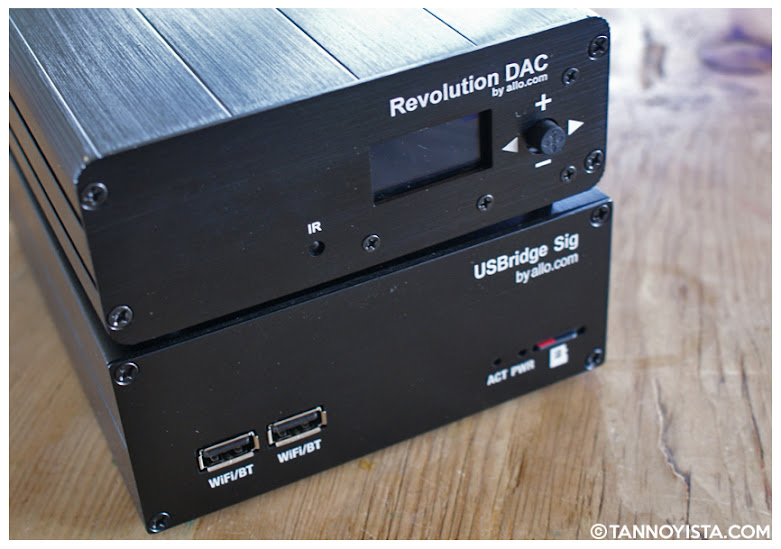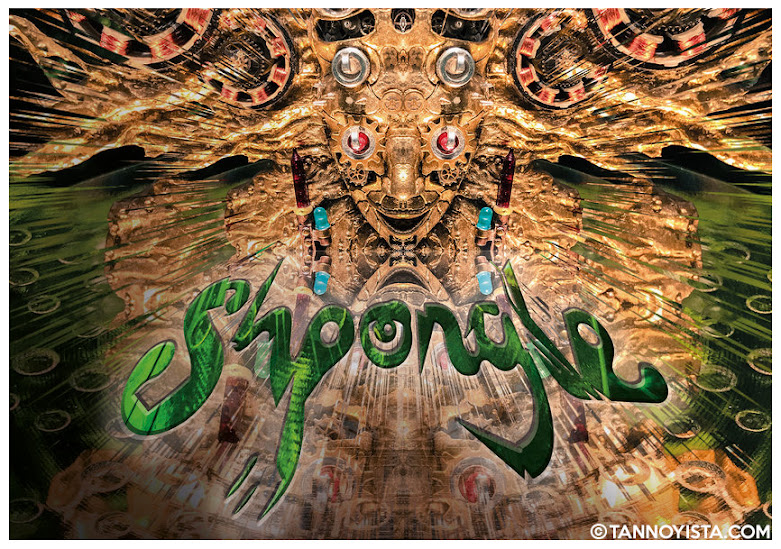Discover the ALLO Revolution DAC with the USBridge
I first started reviewing music streamers back in 2015 with the IQaudio DAC. Subsequently, the ALLO BOSS + Piano with the BOBW PSU and then the KATANA + Isolator + Shanti.
You can read my review on the Katana The ALLO Katana + Isolator Review.
And my review of the Shanti PSU The ALLO Shanti ultra low noise linear power supply
With every iteration of their product range, they seem to take a few more steps forward rather than back, and again, their latest product is something really special.
And my review of the Shanti PSU The ALLO Shanti ultra low noise linear power supply
With every iteration of their product range, they seem to take a few more steps forward rather than back, and again, their latest product is something really special.
There is plenty of choices when it comes to something like this from Audiophonics, Topping, French Audio. But for me and at this price point, the Revolution DAC as a package is much more attractive.
All of the products from ALLO have always surprised me in regards to performance. Since the BOSS was released in 2016, ALLO and their technical team seemed to go into overdrive.
All of the products from ALLO have always surprised me in regards to performance. Since the BOSS was released in 2016, ALLO and their technical team seemed to go into overdrive.
The new Revolution (or Rev) DAC is something I was hoping for in terms of its design. Something with fewer wires, easier to use, and generally more sleek looking has been on my wish list for quite a while.
The RPI was never intended to be the engine for a DAC. Its inputs/outputs are all over the place and once plugged in it's not an easy thing to look at.
The Rev has changed all that.
The Rev is essentially a USB DAC. Utilising the ALLO USBridge Signature the RPI is now encased and out of sight. Whilst the Katana supported PCM, DoP64, and DoP128. It had no support for DSD direct (DSD native).
The Rev however supports PCM, DSD direct (DSD512), DoP 256. Also, the Rev can be used with windows and other Linux /Mac systems.
Let's unbox it.
The units are connected by a USB umbilical cable called the 'Flexicable'. It's basically a USB A to Mini USB cable. But, a little caution, the cable is rather thin and it feels fragile. I've no idea why it's so short or even if a longer cable would make it more convenient to place each unit. I'd like the option of stacking the units with the USBridge being the base unit or separating them entirely.
The power supply to the USBridge is a Mini USB. Although this is okay, it would be better if the power was a barrel connector. I guess this is a legacy of the RPI.
The supply socket to the Rev is a barrel connector that feels much better.
On switch-on from the Shanti, we have two indicator lights on the front of the USBridge Signature and a rather nice LED display on the front of the REV.
The Rev has a lovely little remote to be able to navigate through the user-definable menu. And neatly nestled next to the small screen is a small joy-pad to do this manually.
With the addition of the remote, it makes this little unit even more lovely to use. It's got a nice feel in your hand and a confident 'click' on button de-press which is good.
The Rev was made with two kinds of people in mind when it comes to how they 'see' sound, the objectivist, and the subjectivist.
Quote from ALLO
"Objectivist side:
Revolution THD+N is -114.5. However, look closer. THD is the main problem since N (noise) is always around us and as such human ear/brain can tune it out. THD of Rev is at around -122 to -124 making this one of the best tested DACs (unbalanced outputs) in the world. 20Hz to 20Khz THD stays same (does not rise)."
Subjectivist side:
Great THD numbers do not exclude great sound quality.
Revolution DAC was subjectively tested for many months and delayed until we were satisfied with SQ. What we have found out is that some practice (like audiophile caps in opamp rails) indeed increased the SQ, and we were able to see small reduction on harmonics on THD.
One area of concern was what it’s been referred to as “bright sounds” on Ess DACs. We believe that main reason comes from datasheet implementation and lack of filtering before second opamp (summing). Most designs we see lack this fundamental passive filtering (again they just copy of datasheet) and the HF noise (one parameter, there are others), while it should not be audible, somehow creates this fatiguing sound. We are pleased to say that Rev does not have the bright sound associated with ESS."
Link to the Revolution DAC at ALLO can be found here: Official ALLO website
The Sound
My system used for this review is using the Croft Epoch Elite {to which is highly modified) and the Tube Distinctions Copper amplifier.
You can read my review of the Croft Epoch Elite here:
And my review of the Tube Distinctions Copper amplifier here:
In a direct comparison to the Katana 1.2 + Isolator, and with default settings, the Rev started up with the very same amazing presentation. Its bass is tight, highs are smooth and real. The immediate difference I could sense was the wider and more airy sound stage. This took me aback hearing a more connected ghostly presentation.
With this review, I have decided to not change any settings at first.
First up on the old Tannoyista juke-box, one of my staple albums to gather the expanse, texture, detail, and weight of any new kit.
Shpongle - CODEX VI
When you find an album that encapsulates the emotion, texture, resolution, and fun frequencies, you know you have found something special. Not all Goa trance is the same. I find that Simon Posford of Shpongle always produces that cut above the rest by using so many layers to the music.
Right from the start, the Rev bloomed out, opening up a vast space in front of me. Everything was as it was previously with the Katana but this time with an added layer of texture bringing instruments together with more ambiance and space.
Totally enjoyable... But wait. This is straight out of the box. What about 'burn-in'? - Would there be more?
Well, after a few days I found that there was but not as much as I would have expected or found when I reviewed the Katana.
So after a few days of constantly being powered up, I tried Shpongle again along with two more of my staple albums of the last few years. The Chemical Brothers - No Geography and Aphex Twin - Syro.
Wow... Outstanding imagery on every front.
Another great source for testing, if you can find it, is The Chemical Brothers at Glastonbury 2019. Being a tribute act too late Keith Flint of The Prodigy the brothers really reset everything in my eyes. Even though the sound was normalised and at 320kbps, the Rev really brought out the things that mattered.
Another amazing album for feeling and atmosphere is a soundtrack from one of my favourite films. 'A Field in England'.
I then tried some of my older favourite stuff. Pink Floyd, Dark Side of the Moon, DSD. Queen, A Night at the Opera, DSD along with Scientist - The best dub album in the world and Demon Fuzz - Afreaka!
All hit the spot, no struggling or confused, messy presentation. In fact, DSOTM sounded much more in-depth and meaner as did Afreaka!.
Playing around with the settings is really easy. Although I feel that they're rather more like 'cake icing'. Adjusting them makes for subtle differences in the sound, the most notable being the filters and there is no doubt that they are (and will be for some) important and some will adjust accordingly. In my case, as soon as a certain combination was found, resetting it all back to default after a day or so kind of made more sense.
So, from this, I discovered that the default settings are pretty much bang on the money.
The settings are adjustable on the fly which is great. No starting and stopping so the remote is great for doing that with.
It's great to be able to fine-tune the settings but for now, I just like the way the Rev portrays the music, it's fun and it's dramatic yet it can be as gentle as a summers breeze.
I think the Rev needs to be lived with for longer to really understand the results of what can be done by adjusting the settings.
Conclusion.
I would only recommend this unit with the ALLO Shanti PSU. There seems to be no point putting this quality piece of kit on the end of standard and noisy wall-warts. It deserves much better.
With no annoying blue lights, it's subtle facia and display is simple. The menus are easy to navigate and the remote control is really nice to use, great for tweaking those settings with on the fly.
It's natural and neutral and confidently able to take on anything without falling over. The accuracy, speed, timing, voluminously and gorgeous bass will most certainly win you over. It's also more compact, more refined, confident, professional sounding, and aesthetically pleasing.
The Allo Revolution DAC + USBridge Signature is one of the most confident and complete units Allo has made to date. It's user friendly, flexible and it's most certainly another step forward up the ladder from the Katana.
Price breakdown.
Revolution DAC - Price with flexicable and remote:
$274.75 / €290 EUR
USBridge Signature:
$239.00 / €271 EUR
Shanti PSU:
$200.00 / €179 EUR
For purchasing please go to www.ALLO.com













 All the photographs and images on this site are copyright.
All the photographs and images on this site are copyright.
0 comments